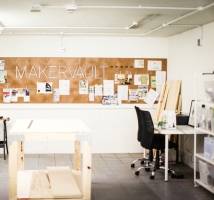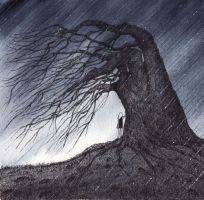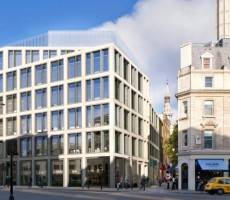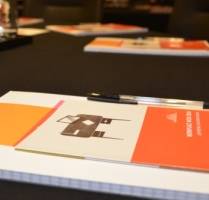December 10, 2014
Barclays converts underutilised offices into free co-working spaces
 Social enterprises, business start-ups and community groups will be offered free co-working space by Barclays as part of an initiative called Hatch, developed in partnership with charity 3Space. The programme aims to transform underutilised Barclays’ properties into office space for social entrepreneurs, early stage local businesses and community groups, charities and other qualifying organisations. The first Hatch project has opened its doors in Oxford (above), with a further three set to open in 2015. 3Space claim that Hatch will provide for a unique combination of creative, social and community needs, helping more people get their business ideas off the ground, experiment and share ideas as well as access advice on business and technology. The spaces should also provide a central hub for communities, hosting local events and meetings.
Social enterprises, business start-ups and community groups will be offered free co-working space by Barclays as part of an initiative called Hatch, developed in partnership with charity 3Space. The programme aims to transform underutilised Barclays’ properties into office space for social entrepreneurs, early stage local businesses and community groups, charities and other qualifying organisations. The first Hatch project has opened its doors in Oxford (above), with a further three set to open in 2015. 3Space claim that Hatch will provide for a unique combination of creative, social and community needs, helping more people get their business ideas off the ground, experiment and share ideas as well as access advice on business and technology. The spaces should also provide a central hub for communities, hosting local events and meetings.
























December 17, 2014
Flexible working is best built on the foundations of a great office
by Charles Marks • Comment, Flexible working, Workplace design
(more…)